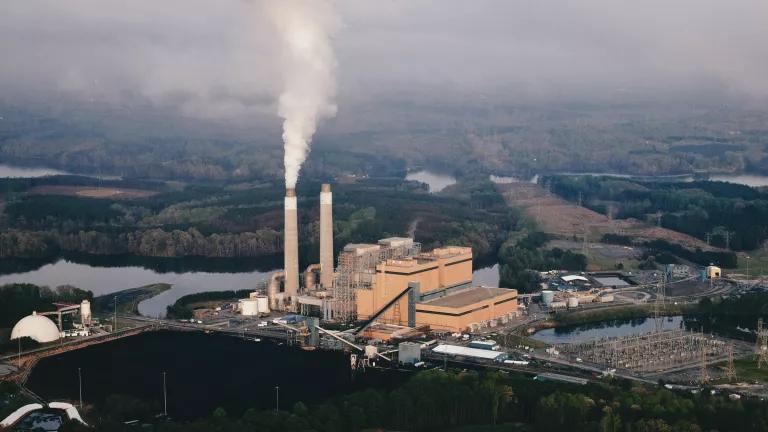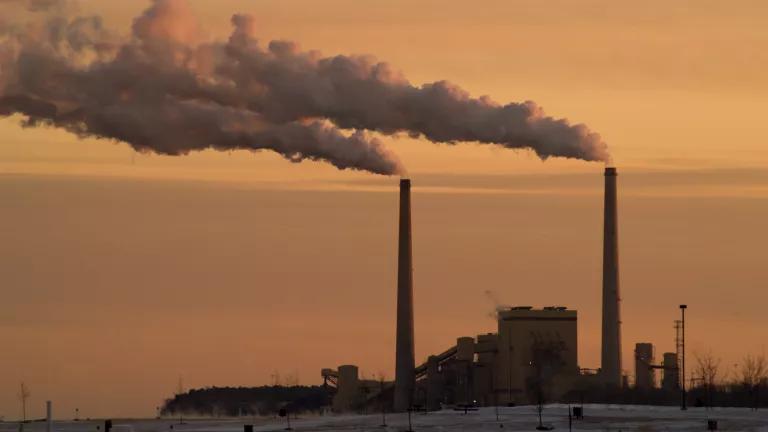Hydraulic fracturing ('fracking') and other well stimulation methods have led to a rapid expansion of oil and gas development in the United States. This expansion has brought oil and gas development closer to backyards and communities and increased the potential for human exposure to new contaminants and threats. At the same time, a growing body of new research points to health threats from unconventional oil and gas development and fracking in particular. Although health discussions, particularly in eastern states, have focused on drinking water contamination, there is mounting evidence for a range of health threats from air pollution as well. For example, research has linked pollution from fracking to unhealthy levels of smog and of toxic air contaminants. Exposure to this pollution can cause eye, nose, and throat irritation, respiratory illnesses, central nervous system damage, birth defects, cancer, or premature death. At the same time, the oil and gas industry has been exempted from many regulations that limit air pollution from industrial activity. At the federal level, the Environmental Protection Agency (EPA) recently issued new standards to limit harmful air pollution from the oil and gas industry—but these still contain major gaps. Health protective regulations are also hampered by lack of scientific data on the potential cumulative risks posed by the combined emissions from a dense network of wells and associated infrastructure such as pipelines, compressor stations, and roads. State regulations are patchy and enforcement often cannot keep up with the industry's rapid expansion, resulting in insufficient protection from air pollutants.


